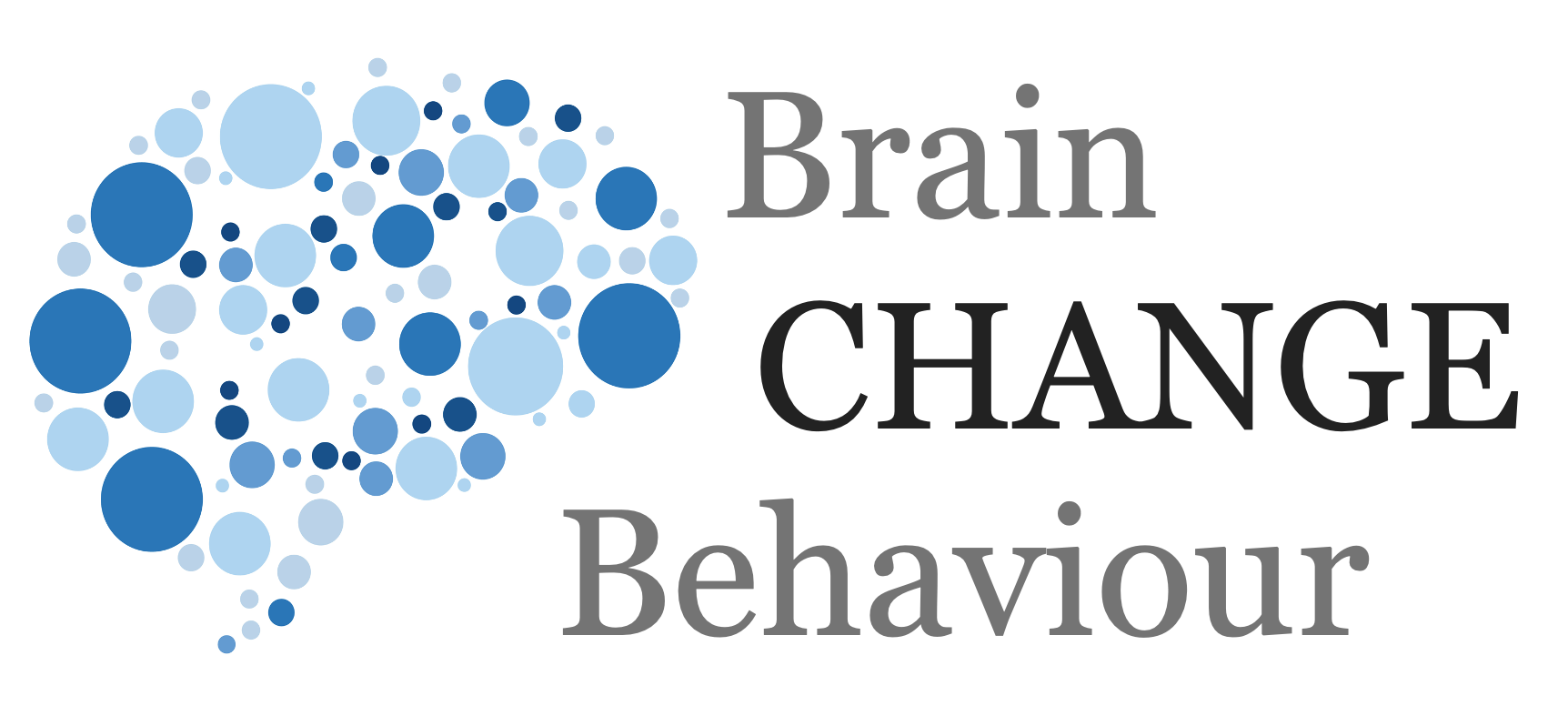Article
Change Models

Anudge in everyday language is a gentle push. Something that is none aggressive but significant enough to be noticed and often triggers a behaviour – but without the nasty pushback of being told to do something or being forced to do something.
This is the theory behind nudges – they are gentle environmental cues (often called choice architecture) which guide people towards certain behaviours. This is used to intentionally nudge people towards behaviours that are better for themselves or society. The concept was put forward in the famous book Nudge: Improving Decisions About Health, Wealth, and Happiness by Richard Thaler and Cass Sunstein.
This has been hugely influential on politicians particularly in the US and the UK with various countries having so-called nudge units.
The principles of nudges was built on various insights from behavioural economics (and other areas such as decision-making and social psychology) – for example, if questions are framed in different ways people make different decisions. Many of these nudges, as the name suggests, are barely noticeable or fall under our radar.
Examples
-
- The famous urinal example is that by placing a sticker of a fly in a urinal, men automatically (it is true, I confess) aim for this fly and therefore avoid “targeting accidents” keeping urinals cleaner and men’s toilets more pleasant places.
- Putting a vegetarian option as the number one choice on menus at canteens dramatically increases the number of people who choose this option.
- Making the preferred option the default option in drop-down menus on websites.
- Making organ donation opt-out rather than opt-in known as presumed consent greatly increases organ donations.
- Social proof is used excessively in social media – the concept of “likes” and trending. But this is used in other areas such as showing how many people have already chosen an option, or decided to do a certain action.
- Gamification is used in many ways to keep people engaged with processes from social initiatives to business processes.
There are multiple underlying reasons for these but the basic principle is to use these underlying psychological mechanisms to gently push people to better behaviours – it goes without saying that these are also used to nudge people to suboptimal behaviours such as getting addicted to social media!
Do nudges work?
Well yes, nudges work because they are based on well-researched psychological mechanisms. However, a recent meta-analysis showed that the effects were not as large as in many single studies and nudges are more effective in some areas than others. This may be obvious – a nudge is after all only a nudge and not a big push. However in the case of behavioural change multiple nudges can strongly guide behavioural change interventions and gently keep them on track as well.
This analysis found that
-
- Decision structure is more effective than decision information or decision assistance.
- Nudges are most effective with food choices, almost twice as effective as for other domains:
- Followed by in order of decreasing effectiveness: environment, social, health, finance
So nudges do have an effect but certain nudges are more effective than others and more effective in certain domains.
So do think carefully about nudges – or the choice architecture you can build into behavioural change initiatives.
Simple Takeaways
-
- Think of the decision architecture to guide beahvioural change
- Use nudges as part of a broad initiative
© leading brains 2022
References
Nudge: Improving decisions about health, wealth, and happiness.
Yale University Press.
The effectiveness of nudging: A meta-analysis of choice architecture interventions across behavioral domains.
Proceedings of the National Academy of Sciences, 2022; 119 (1): e2107346118
DOI: 10.1073/pnas.2107346118
More Articles
Introduction to SCOAP
SCOAP is a complete model of human motivation, behaviour, and wellbeing, summarising over a century of research into the human brain, human psychology, and human behaviour in all contexts.
SCOAP Needs
These are basic human needs which means fulfilling them is essential for human wellbeing and therefore also that having them unfulfilled or violated lowers human wellbeing. These also direct human motivation and subsequently human behaviours.
SCOAP Motivation
Much has been written about motivation and there are many (false) assumptions to motivation also. So let’s start with a simple definition of motivation.
SCOAP Behaviour
Behaviour is about doing things, actions. That is obvious, but there are many grey zones to behaviour. For example do we class breathing as behaviour, or heartbeat, or sweating?
SCOAP Change
As you will have seen with SCOAP, this gives a comprehensive model of human needs, motivation, and behaviour. We can therefore use this to guide behavioural change interventions.
The Undermining Effect
Rewards sound like a good way to instigate behaviour you want. In our world we often think of financial rewards. Good idea, right?
Well, no, rewards can actually lower motivation.
Making Change Stick
The sustainability question, or problem, is ultimately the biggest and most important question or issue.
The Value-Action Gap
The value-action gap has multiple other names: attitude-behavior gap, intention-behavior gap, KAP-gap (knowledge-attitudes-practice gap) or belief-behavior gap.
It refers to the gap between what people often say they value and their subsequent actions or willingness to meaningfully contribute to this value.
Uncertainty Changes Behaviour (But Boiling Frogs Doesn’t)
Why do people make random and unpredictable decisions when uncertainty arises (such as buying toilet paper at the start of a pandemic)?
Deadlines Increase Procrastination
What! I’d get nothing done without deadlines!
Ditto, though I can be very productive, I have a natural tendency to procrastinate. In fact it is one of my natural talents!










